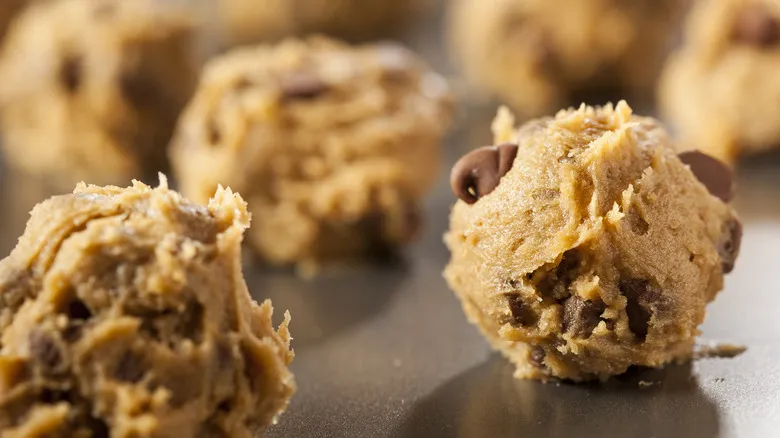Harder butter prevents cookies from spreading as they bake
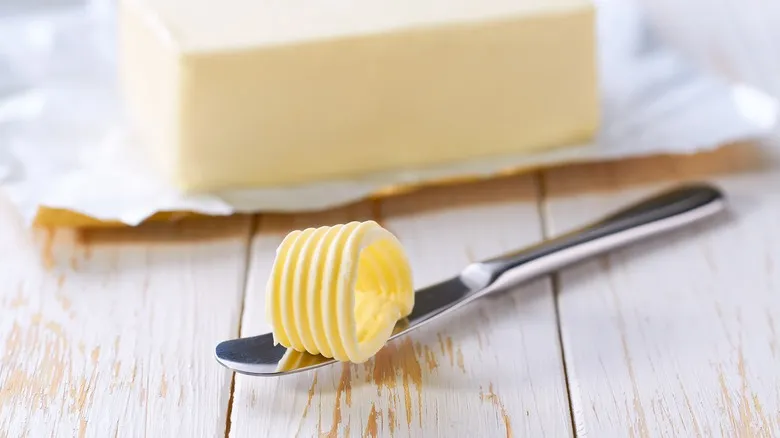
Using butter at room temperature is more effective than using cold butter for your cookies, as it mixes more seamlessly with sugar, flour, and other ingredients. Room-temperature butter contributes to a smooth, airy dough that results in evenly baked cookies. While some flexibility in the butter is necessary for proper blending into the cookie dough, excessive softness is not ideal. If the butter is completely melted or too warm, it can lead to cookies that spread too much during baking, resulting in a crispy, uneven texture instead of a soft, chewy one. Allowing your dough to chill for a few hours will help the butter firm up and then gradually melt as the cookies bake. This will yield round cookies that retain their shape and have a wonderfully soft, chewy texture.
Ultimately, a perfectly baked cookie is in a league of its own. The ideal cookie should be soft without being cakey and should maintain its shape. To achieve a well-structured and chewy cookie, it’s highly recommended to refrigerate the dough before baking. Aim to chill your dough for at least 30 minutes, but for the best results in maintaining shape, a few hours is preferable, as this allows the butter to fully re-solidify and minimizes unwanted spreading.
Chilling cookie dough relaxes the gluten
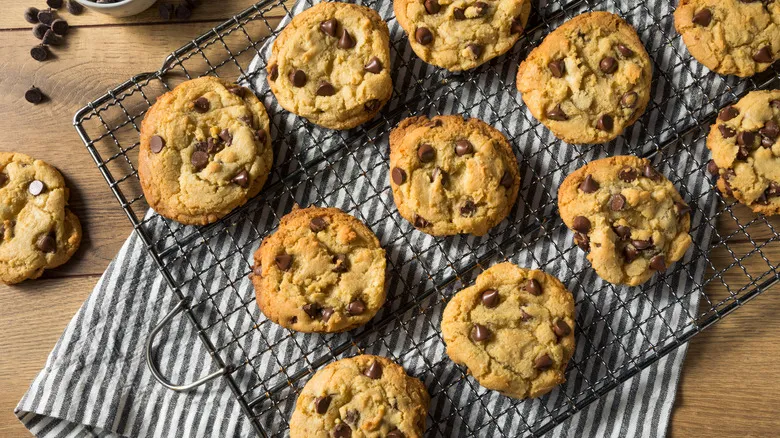
You know how after a long day at work, you just need to kick back and relax? Well, have you ever thought about whether your cookie dough could use a little "me-time" too? It turns out it can! Allowing your cookie dough to chill helps it unwind before baking. Specifically, a brief cooling period allows the gluten strands that form during mixing to "relax," which can prevent your cookies from becoming too dense or tough.
Now, gluten isn't always a villain in baking. It's crucial for creating baked goods like bread, and a certain amount of gluten is necessary for a well-structured cookie. After all, there's a reason gluten-free cookies can be tricky to perfect. However, achieving the right balance between a sturdy structure and a chewy disaster is key. Chilling your dough can make it much easier to strike that balance.
Achieve a better flavor profile by chilling your cookie dough

Chilling your cookie dough not only results in a softer, better-shaped cookie but also enhances its flavor profile. When you cool the dough, the various flavors have the opportunity to blend together more thoroughly. For instance, in a chocolate chip cookie, the vanilla flavor becomes more pronounced, and the molasses in the brown sugar infuses the dough, leading to a richer and more complex taste. If you enjoy layered flavors, consider adding some orange zest to your chocolate chip cookies for an extra twist. Pair them with an old-fashioned cocktail for a delightful combination.
Moreover, it's not just about the ingredients mingling; allowing your dough to rest also helps eliminate excess moisture. The longer you chill the dough, the more moisture the flour absorbs, resulting in a drier texture. This dryness intensifies the flavors, as there is less moisture to dilute the ingredients. Additionally, this process increases the sugar concentration in your cookie dough. So, if you're craving something sweet, cookies made from rested dough will definitely satisfy your desires. All of this culminates in an exceptional cookie, thanks to a simple chill in the fridge.
Recommended
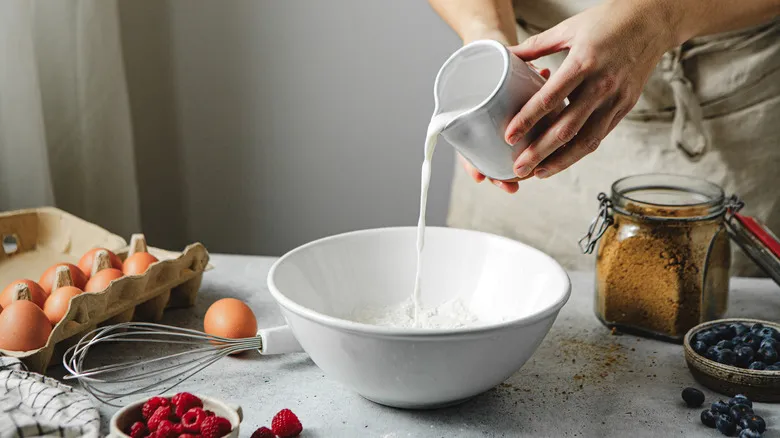
Don't Throw Out Sour Milk. Bake Bread With It Instead
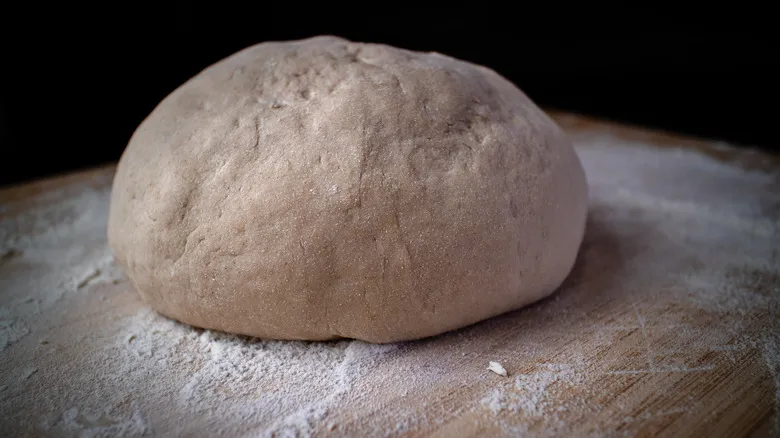
What To Do If You Accidentally Overproof Your Bread

The Secret Ingredient You Need Every Time You Bake Muffins

Joanna Gaines Gives Pecan Pie A Spicy Twist With Ancho Chile
Next up

